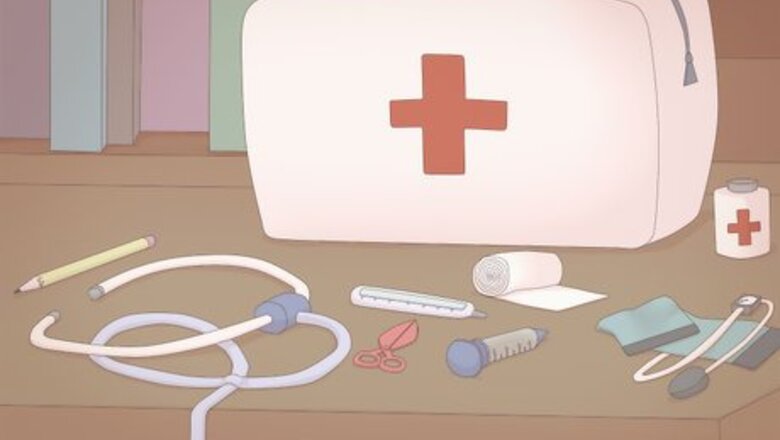
views

Get your doctor's kit together. You need some tools and instruments to be a doctor! You can use a toy doctor's kit, or you can make your own using kitchen utensils, pencils, blocks, other toys, or anything else that you can pretend to be medical instruments. If you have it, wear a white coat and a stethoscope! There are toy stethoscopes that actually work, use one if you have one.
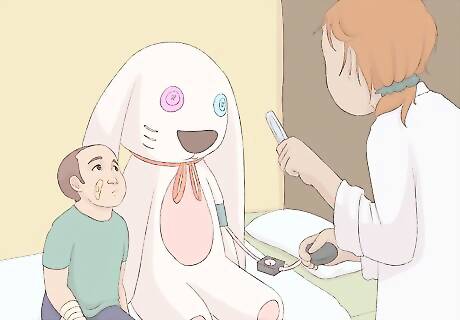
Find someone to play with. You'll need patients - they can be a sibling, friend, or even stuffed animals.
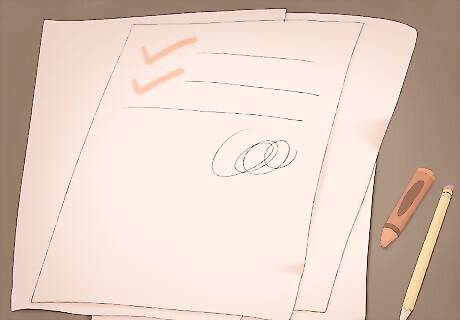
Gather some papers so you can do fake paperwork. You can pretend to take notes and fill in charts about your patients, write prescriptions for medicine, and look illnesses up in books. You can keep it simple with blank/scrap paper, or you can write and draw details!
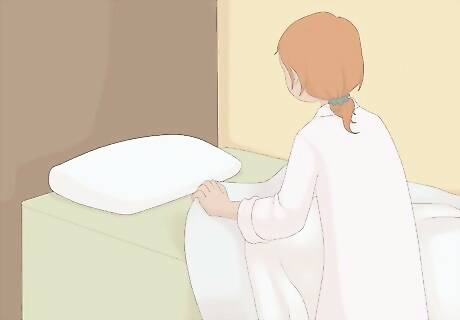
Make fake beds so your patients can go to sleep. Don't forget to make them comfortable!

Start by having the patient lie or sit on the bed. Knock on the door and then come in.

First, ask the patient if it hurts anywhere.
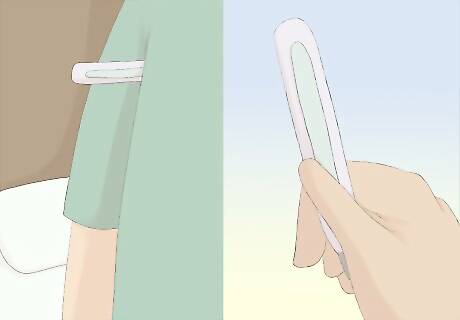
You will then need to take their temperature using a toy thermometer. Put it under the patient's arm and leave it there before taking a reading.
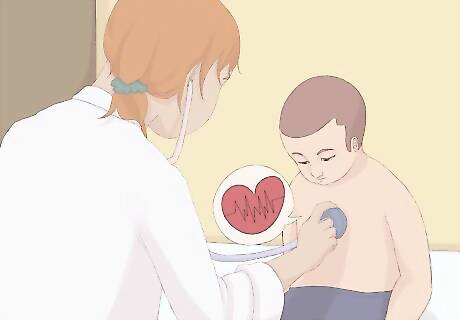
Next, get the stethoscope and listen to the patient's heart. Ask your patient to lift up their shirt to expose their chest or remove it. Then, put the stethoscope in your ears and hold it against the bare skin of the patient's chest. Listen carefully to the thumping sound of the patient's heart beating.
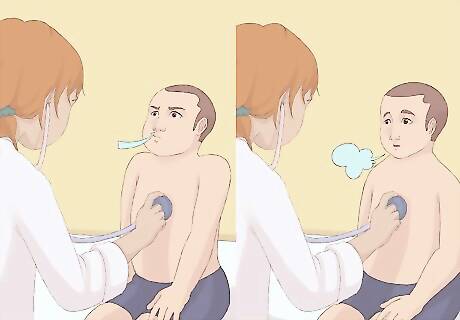
You should then listen to the patient's lungs. Ask them to lift up or remove their shirt. Put the stethoscope in your ears and hold it against the bare skin of their chest. Ask them to take deep breaths in and out through their open mouth. Repeat using the same method holding the stethoscope against the bare skin of the patient's back.
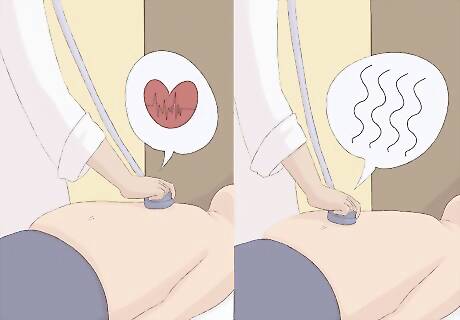
Ask the patient to lie down. If they are wearing two shirts, ask them to lift up one. Listen to the patient's heart again. You can hold the stethoscope against the bare skin of their belly and listen for rumbling and gurgling noises.
Tell your patient to open their mouth, stick out their tongue, and say "aah". Use a flashlight to inspect the throat and peer at the tonsils. Use the same flashlight to check their eyes and nose. Use an otoscope to look into the ears.
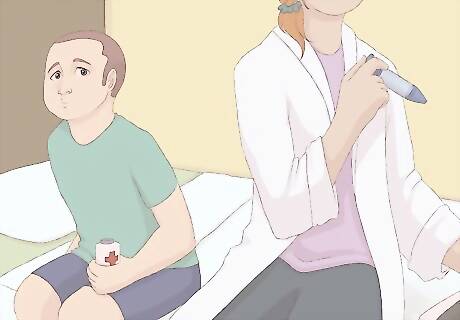
Decide if the patient has any symptoms and either give an injection or prescribe some pretend medicine as appropriate.

Have fun and enjoy the game. Get into the pretending - pick fake names, try helping different kinds of patients, and go along with the ideas and twists that your friends come up with.



















Comments
0 comment